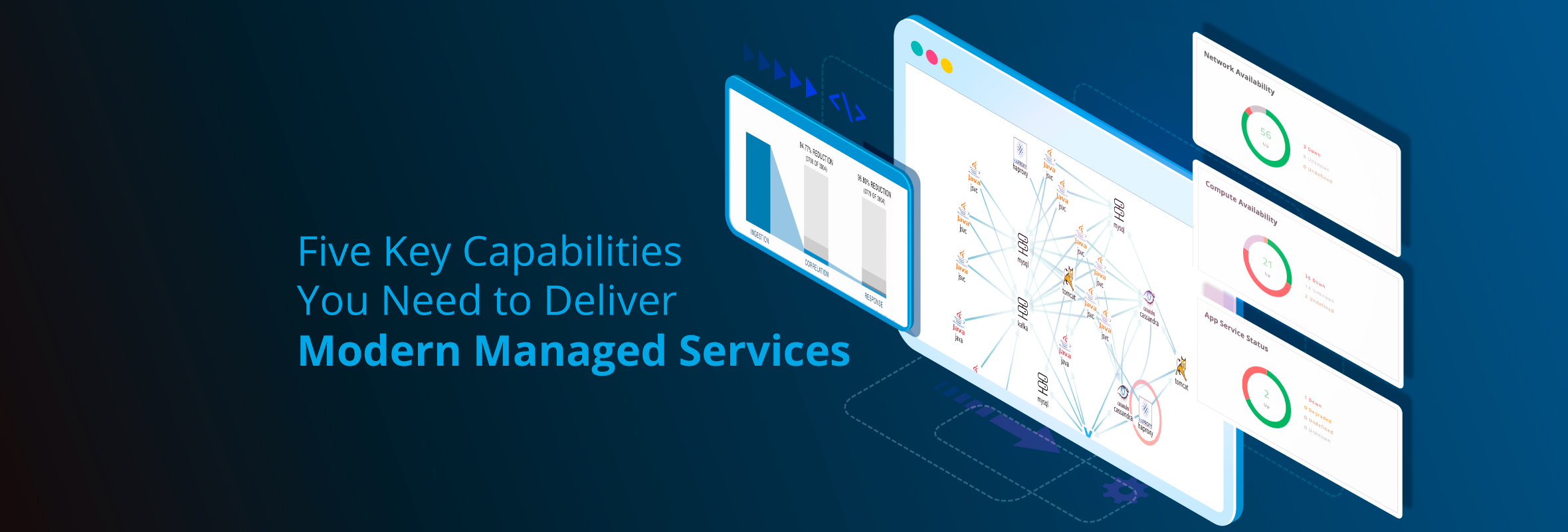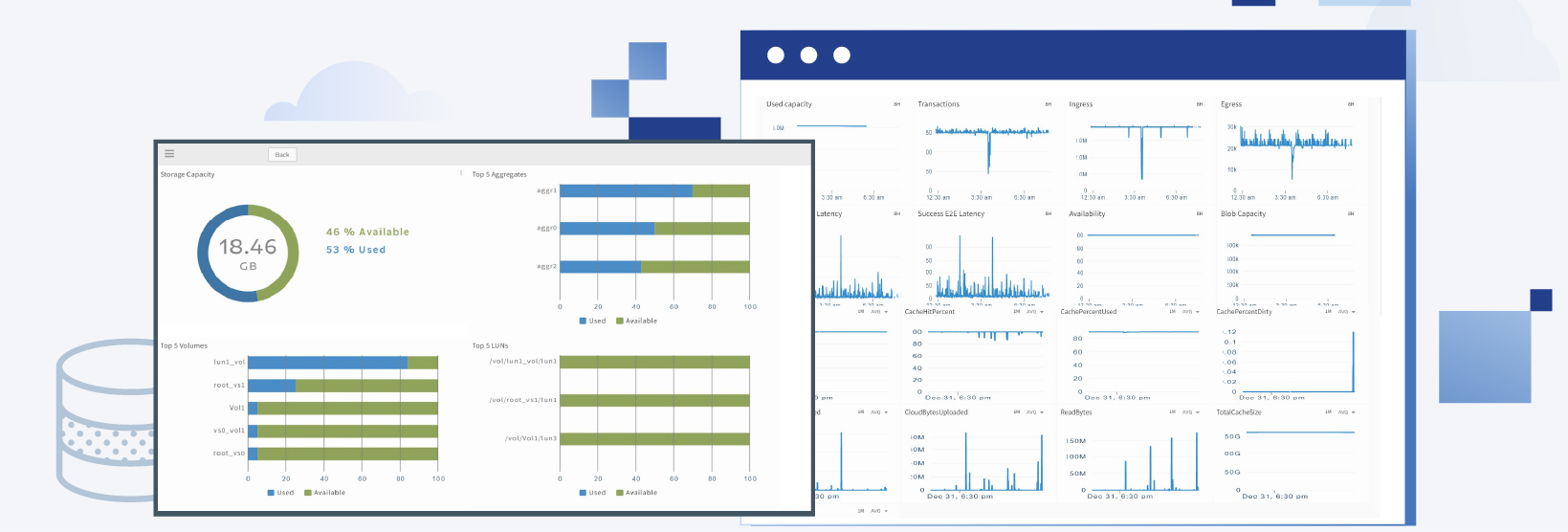Modern computing infrastructure has enormous power, but with its diversity has come complexity in integration and management.
Converged solutions address the problem of infrastructure complexity by specifying a proven, interoperable set of elements as a foundation for building service solutions. But what additional functionality is necessary beyond a reference infrastructure's specifications in order to implement a full private cloud solution?
Enterprises Have Diverse Infrastructures
Enterprises have many kinds of infrastructure, including:
- Mobile devices
- Internal private clouds
- External private clouds
- Services sourced from third-parties
IT Responsibilities Span All Types of Infrastructure
IT administrators also have many responsibilities that apply across all kinds of infrastructure, including:
- Inventory and asset management
- Monitoring availability and uptime
- Maintenance
- Service monitoring and management
- Audit and compliance enablement
- Access control
- Incident response and ticketing
- Cost control
For example, for compliance purposes, enterprises need to know when data was deleted and by whom. They need to communicate when services will be unavailable and when they will have features added or removed. IT administrators need to monitor services across all delivery methods, including on-premise infrastructure, private clouds, and public clouds. This means that IT administrators must integrate service monitoring across multiple infrastructures. Similarly, usage must be monitored and audited across all these infrastructures. IT administrators need visibility across the entire enterprise so they can see what's going on and report about it, regardless of how the services were cobbled together and regardless of where they're hosted.
The Opportunity of Converged Solutions and Unified IT Operations Management
What if you could integrate management of internal and external private cloud into a single platform, so that now your internal private cloud would have the same reporting metrics as your external private cloud? What if you could drive your legacy services to become more cloud-like more quickly? What if you could offer the business a dashboard so they could monitor services themselves? This would increase customer satisfaction and decrease IT's workload.
What if you could consume infrastructure in a way that it doesn't seem like using infrastructure? What if you could enable self-service model for service provisioning instead of a traditional process of acquisition, integration, and release?
Converged Solutions Simplify Service Delivery
Converged solutions, such as EMC® VSPEX® proven infrastructure solutions, are one of the ways we can make this all happen. They provide known standards and reference architectures that have been tested for compatibility so that a predicable result can be achieved in a known amount of time. This increases predictability on project delivery.
For example, VSPEX are proven infrastructures modeled in a series of reference architectures with a rigorous testing program around them. IT administrators can design a private cloud infrastructure from scratch, but that involves risk and complexity. VSPEX simplifies the process. VSPEX solutions are general purpose infrastructure for private clouds, end user computing and for virtualized applications such as Microsoft SharePoint, Exchange & SQL Server. VSPEX is an excellent standardized target to take advantage of the power of an integrated IT operations management solution.
The VSPEX reference architecture design is enhanced and enabled by an ecosystem of complementary solutions such as true single pane management, self-service catalog and orchestration that are not provided by the out of the box native tools.
What's Needed to Complete a Private Cloud Solution?
What is needed to complete a private cloud solution built on a proven infrastructure solution?
- Self-service catalogs, so it's easy to provision services.
- Reporting dashboards, so service consumers, like line of business managers, can easy see service status and utilization.
- Application to infrastructure correlation, so IT administrators can quickly isolate, diagnose, and resolve any problems that occur.
- Patch and configuration management, so server and application images stay up to date.
- Helpdesk and ticketing systems that can support all of the applications in use on the converged solution.
- Integrated management across the internal and external private cloud through a single pane of glass.
- Automated reporting so IT spends time building new services instead of documenting the performance of existing ones.
Vistara Integrates with VSPEX Proven Infrastructure
Vistara has deep API-level integration with the elements of VSPEX proven infrastructure solutions as well as the additional functionality needed to address all of these requirements, including:
- API integration with EMC VNX® and VNXe® to provision, monitor, and manage unified storage solutions.
- API integration with Cisco Nexus and Brocade VDX to monitor and manage your network.
- API integration with Cisco UCS to monitor and manage your compute layer.
- Ready integration with Microsoft SCOM.
- Ready integration with VMware vCenter to monitor and manage the virtualization layer.
Vistara has been validated by EMC VSPEX Labs for bare metal provisioning, configuration of the compute blades, configuration of the environment into a known state, and publishing a service catalog to end users. We also have an approval process so that Vistara can support automated instance provisioning, post provision automation, and application deployment.
To adopt a modern IT approach, IT administrators need to be able to bring all of these capabilities together. Vistara provides the unified IT operations management solution spanning proven infrastructure solutions and legacy on-premise infrastructure that IT organizations require.
How Vistara Integrates with VSPEX Proven Infrastructure
Two software components make this tight integration between Vistara and VSPEX proven infrastructure possible:
- The Vistara Gateway is a hardened virtual machine that's deployed into the customer's data center. It discovers all of the infrastructure elements, sends performance monitoring data back to Vistara, and provides a secure channel for IT administrators to remotely manage all of the elements in that data center. The Vistara Gateway automatically upgrades itself once it's been deployed, thereby making possible agentless management of the customer's infrastructure with no customer involvement in maintaining the IT operations management solution itself.
- If customers want to do patch and configuration management for Windows and Linux servers, they install a lightweight Vistara Agent on to each server. Like the Vistara Gateway, the Vistara Agent automatically upgrades itself as needed once installed, saving IT administrators from having to do the work of upgrading the management solution itself.
This software-as-a-service approach to IT operations management gives the IT administrator the power of an on-premises tight API integration combined with the convenience of a SaaS solution.






